
As we commemorate the 250th anniversary of the American Revolution, St. Luke’s invites you to explore the ideas that helped to shape the patriot cause. In the first lecture of our Summer Series, “Revolutionary Puritans,” Executive Director John Ericson looks at how Puritan beliefs about liberty and virtue influenced America in the 1770s.
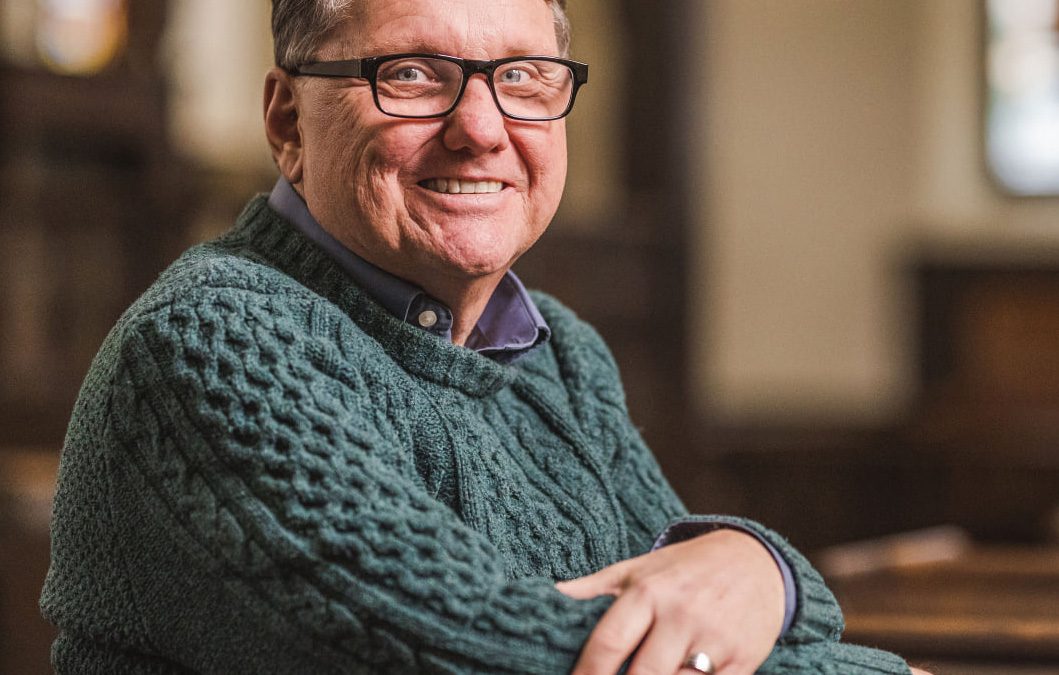
In this article, John Ericson, Interim Executive Director, discusses upcoming events and plans for St. Luke’s Historic Church & Museum.
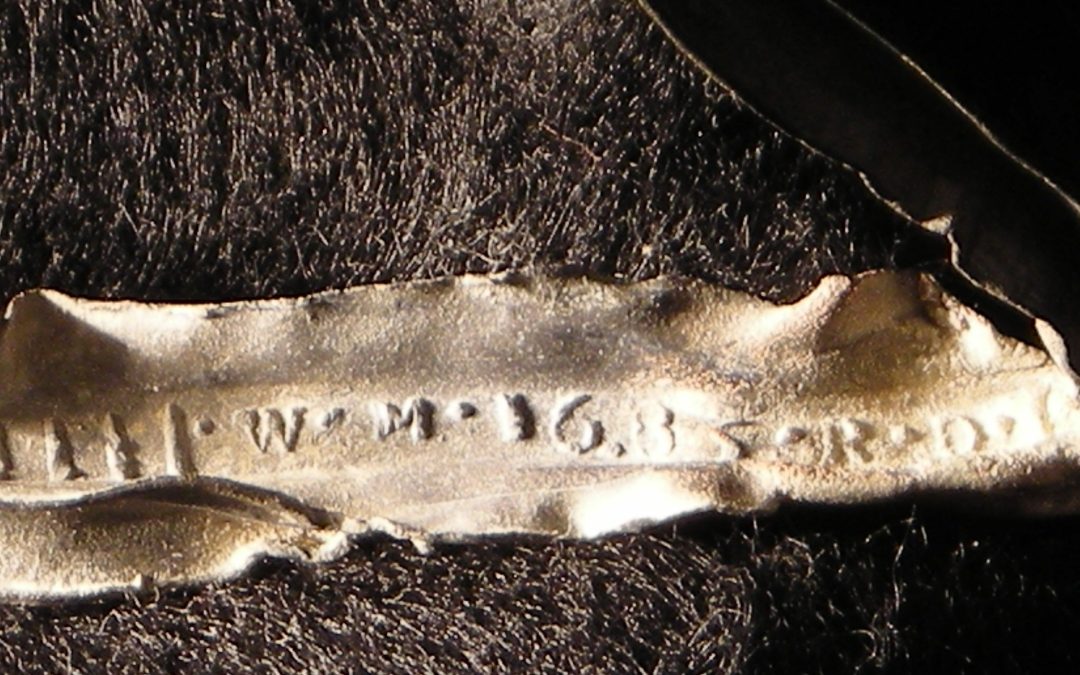
In this article, we discuss the dating of St. Luke’s church building. We will touch on several pieces of evidence that points to its circa 1685 completion date.

In this article, we discuss the 1782 Gnadenhutten Massacre and the violence that occurred against minority religious groups during the Colonial period and into our American Republic.
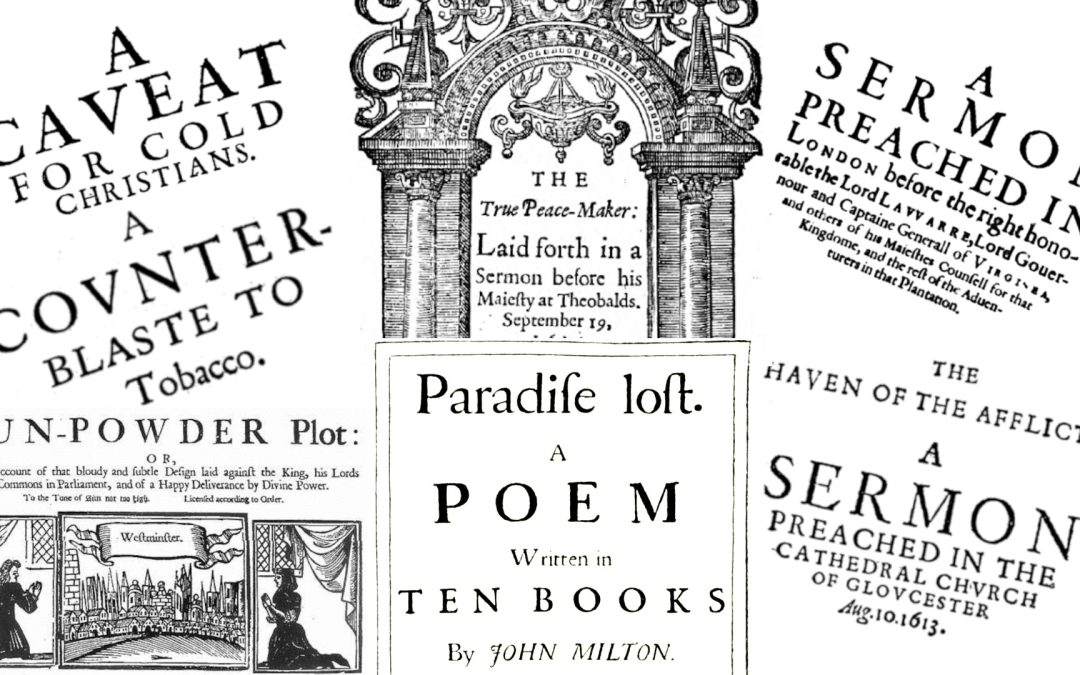
Today we throw around the terms propaganda and fake news rather zealously. But did you know that the first use of propaganda in the English language concerned the English Civil Wars? “Join us at St. Luke’s on Saturday, April 6, at 1 PM, where Public Historian Hunter Willis will present on this topic, ‘Born from Conflict: The Pamphlet Wars.'”
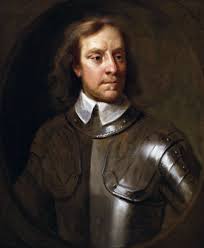
During a recent trip to England, St. Luke’s Education Department stopped by the Oliver Cromwell Museum in Huntingdon. During this visit, the Curator of the Cromwell Museum, Stuart Orme, shared his opinions about the man, the many myths associated with him, and more.

In March of this year St Luke’s Education Department will be going on the road to the UK. We will be filming for a documentary to be released later this year entitled; “Born from Conflict: Cavaliers and Puritans of Newport Parish.”

Join St. Luke’s Historic Church & Museum in a day of appreciation and community as we honor Veterans and their families.

This article discusses the Huguenots, a group of Protestants who fled Catholic France to escape persecution and their settlements in early Virginia.
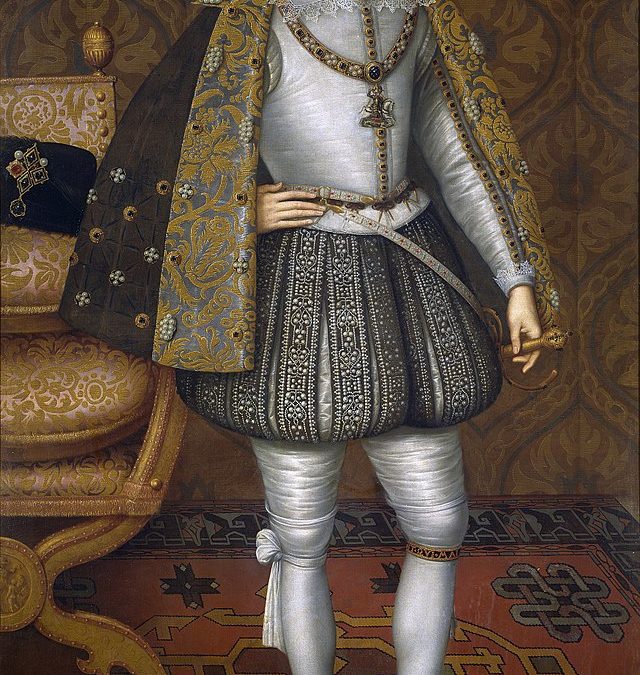
In this article, we discuss the motivations, intentions, and consequences behind the creation of the 1611 King James version of the Bible.
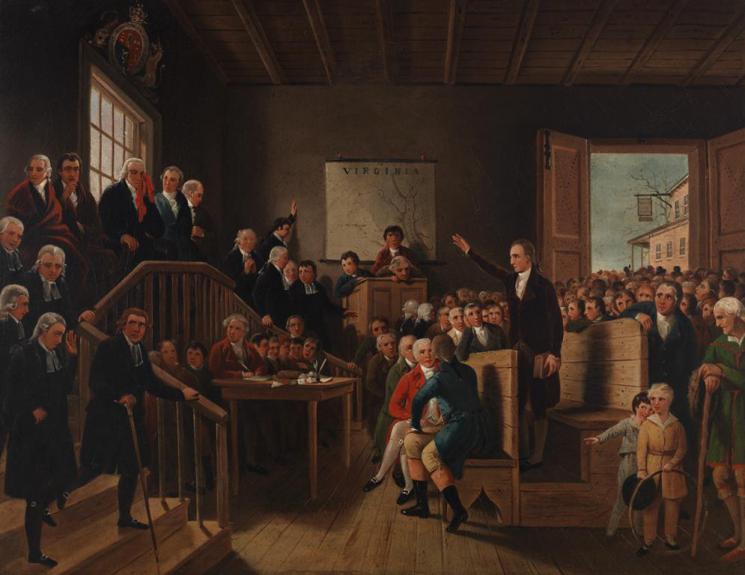
In this article, we introduce the Rev. John Camm. Camm traveled from England to become the Rector at the Newport Parish in Isle of Wight County, later known as St. Luke’s. He was a minister of high regard who had received his Doctorate in Divinity.

James II ascended to the throne after the death of his brother Charles II in 1685. But his transition to power was anything but easy. Learn more about the king who was beset on all sides because of his religious beliefs.

St. Luke’s is about to embark on a final journey of sorts. In late January, researchers will come together to explore what remains in Anne Randall’s tomb. The “Old Brick Church” of St. Luke’s has been a resting place for its guarantor, Colonel Joseph Bridger, but who is this person resting next to him in the chancel floor and what is in her tomb? Soon we hope to answer these questions and share them with you.
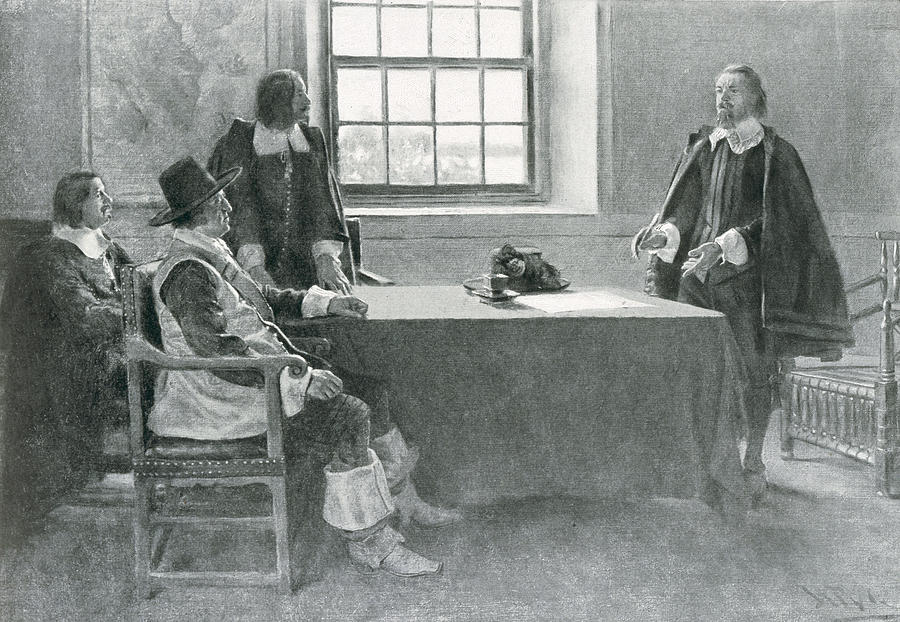
In our third and final installment of the series on religion in England and its protectorates during the Commonwealth from 1649 to 1660, we discuss how the Virginia Colony was affected by its home country’s governmental transition to Puritanism.
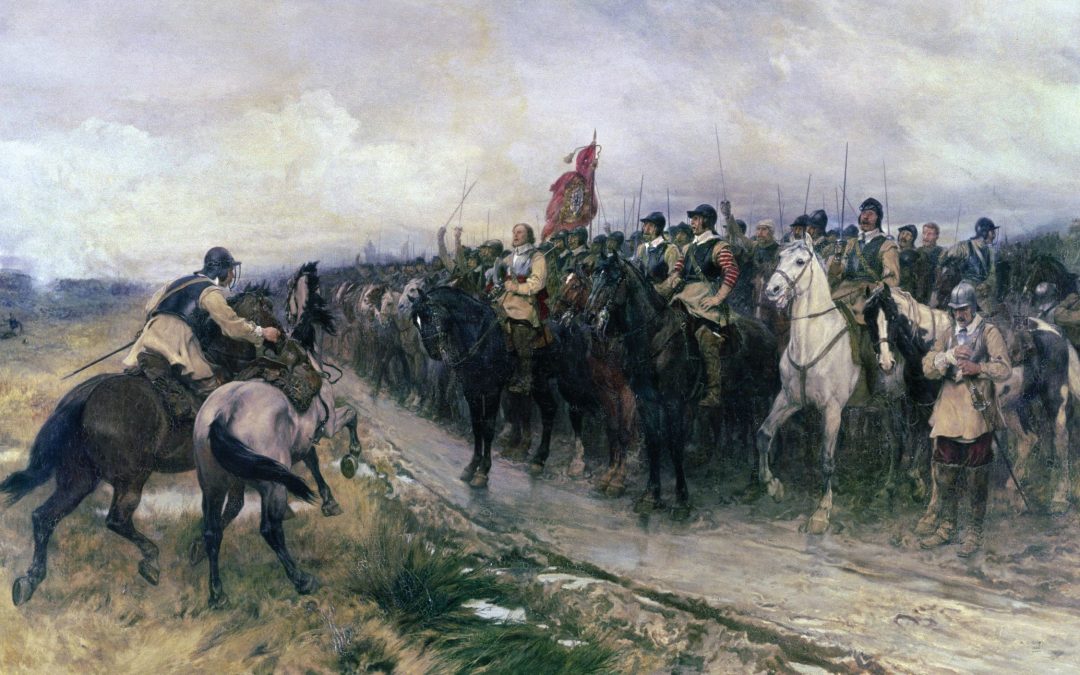
The years from 1649 to 1660, which constituted the period of the Commonwealth of England, was a time of extraordinary violence. While Oliver Cromwell is often seen as this era’s most dominant leader in England, there were others who helped chart the course of the republican government.
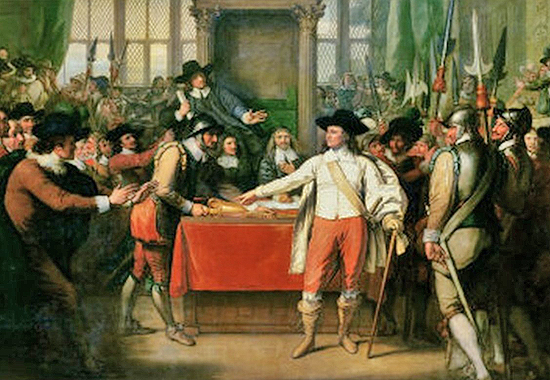
This is part one of a three part series discussing the period known as the Interregnum; the period in England when Oliver Cromwell became Lord Protector of the Realm following the execution of King Charles I.
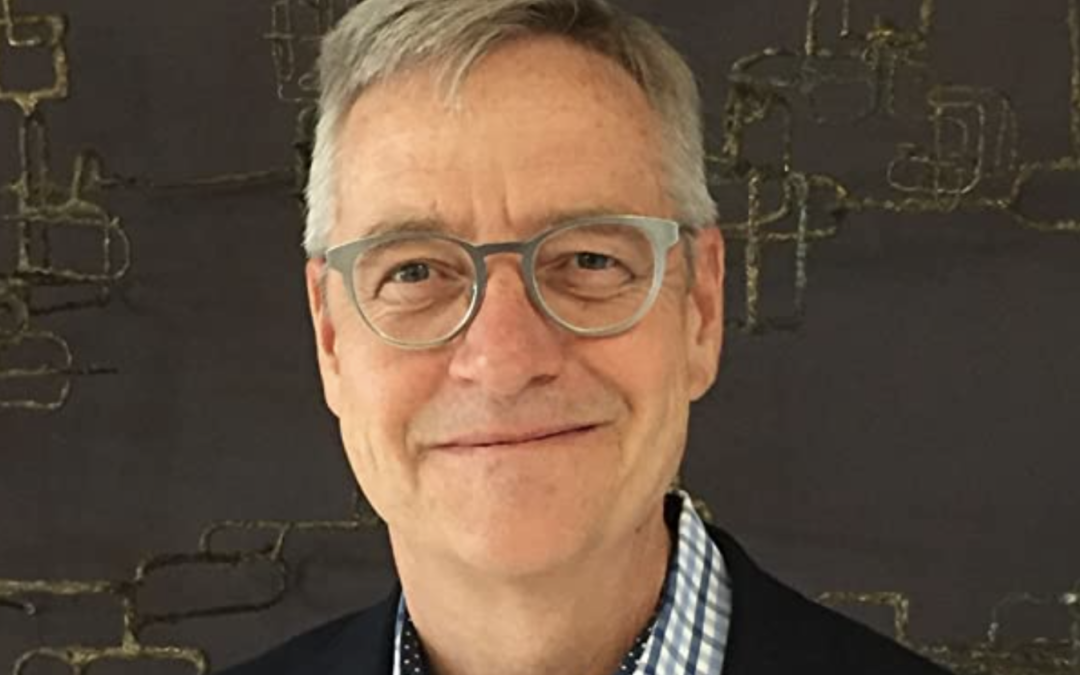
In preparation for our Oct. 2nd event, Thompson Mayes, the Vice President and Senior Counsel for the National Trust for Historic Preservation, discusses why old places matter.
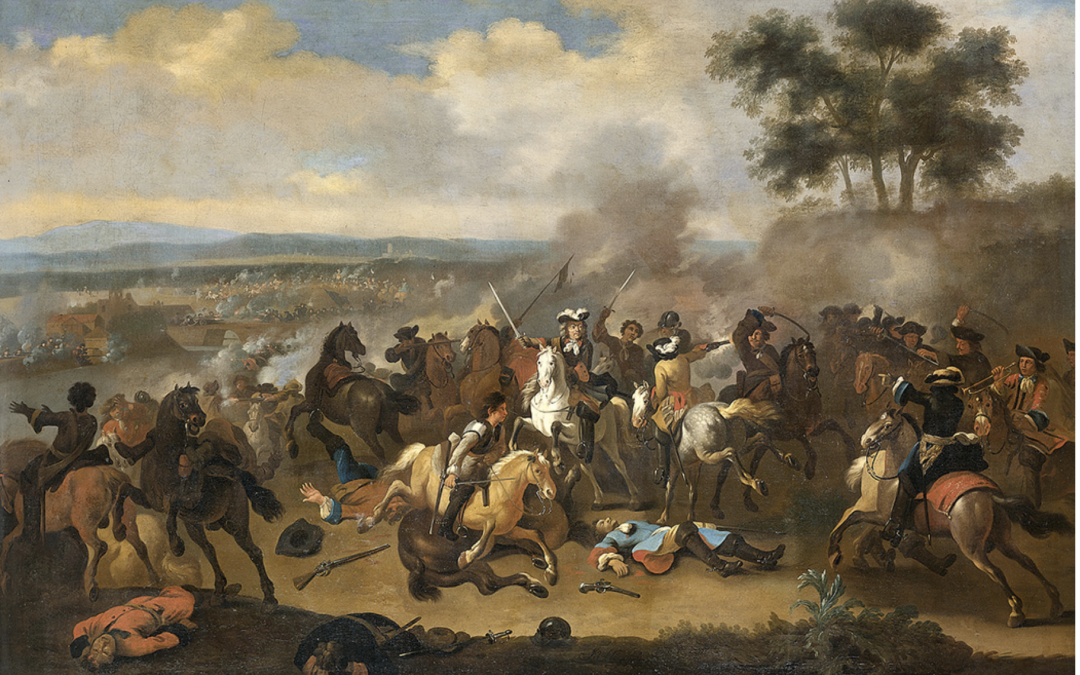
This month Dr. Travis Harris discusses the often misunderstood and underreported relationship between religion and race, particularly its roots in English ethnocentrism.
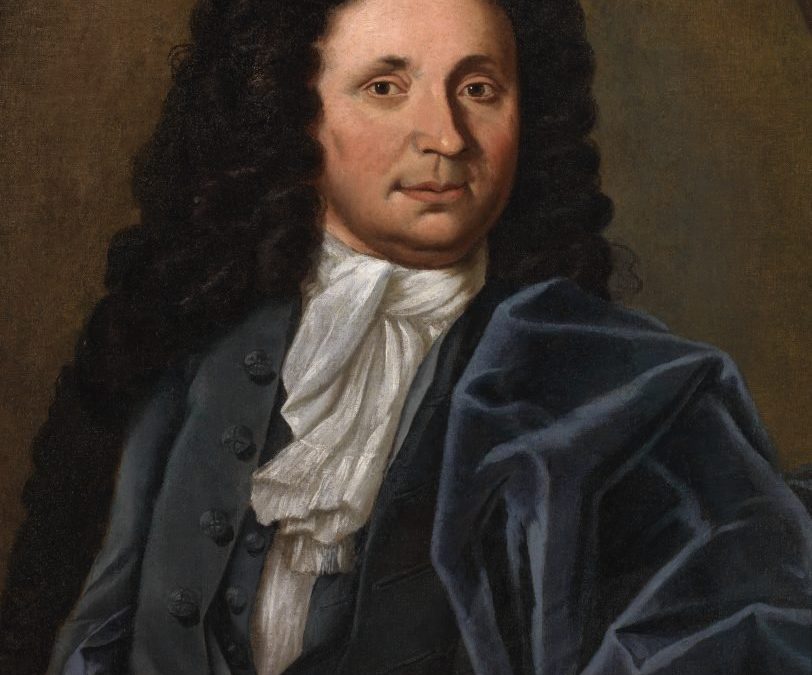
This month we discuss the undertold narrative of Catholic Christians in 16th century Chesapeake, Recusants at Jamestown, a mysterious member of the House of Burgesses and George Washington’s advocacy for religious freedom.
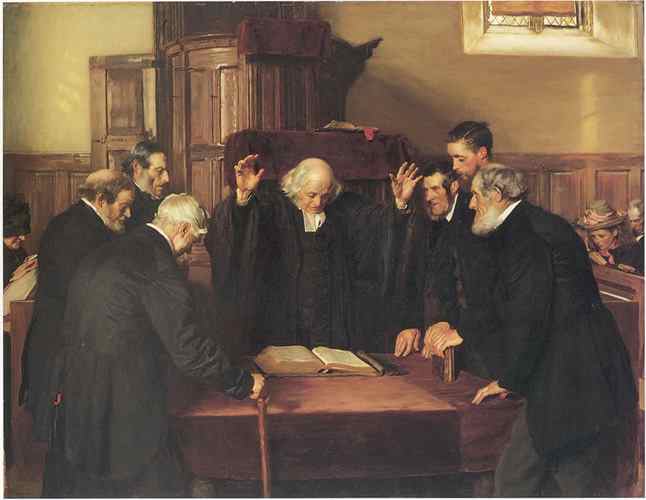
King Charles I inherited from his father, James I (also referred to as James VI of Scotland), a divided kingdom when it came to matters of religion. England was also the ruler of Presbyterian Scotland and the largely Catholic Ireland. Closer to home, there were many dissenting groups; Brownists, Diggers, Levellers, and Enthusiasts just to name a few.
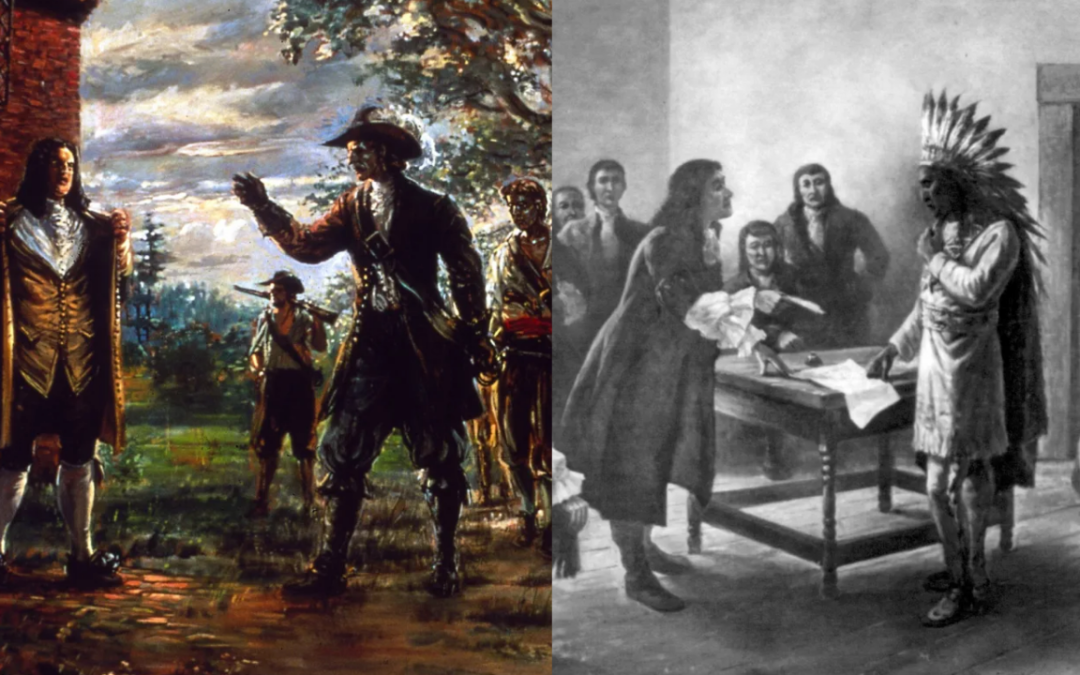
The British colonization of North America, not unlike most other colonizations, centered around the prospect of wealth and interest in evangelization. It is no surprise then that many of the conflicts that occurred in the British colonies started out of the friction this caused between the Native Americans and the colonists.

When modern people think of church, we think of a voluntary gathering of like-minded people, who meet to worship God and endeavor to strengthen their spiritual lives. The Church of the 17th century, especially in Virginia, has to be seen in a different light. Within the Empire of Great Britain, the church was a vehicle of the state to promote its imperialistic goals.

For much of the history of Christianity, listening to the sermon given by the minister or preacher was the way to learn more about one’s place in their Christian faith and consequently how they fit in with the prevailing ideas at the time. The First Great Awakening represents a change in how people wanted to receive these ideas.
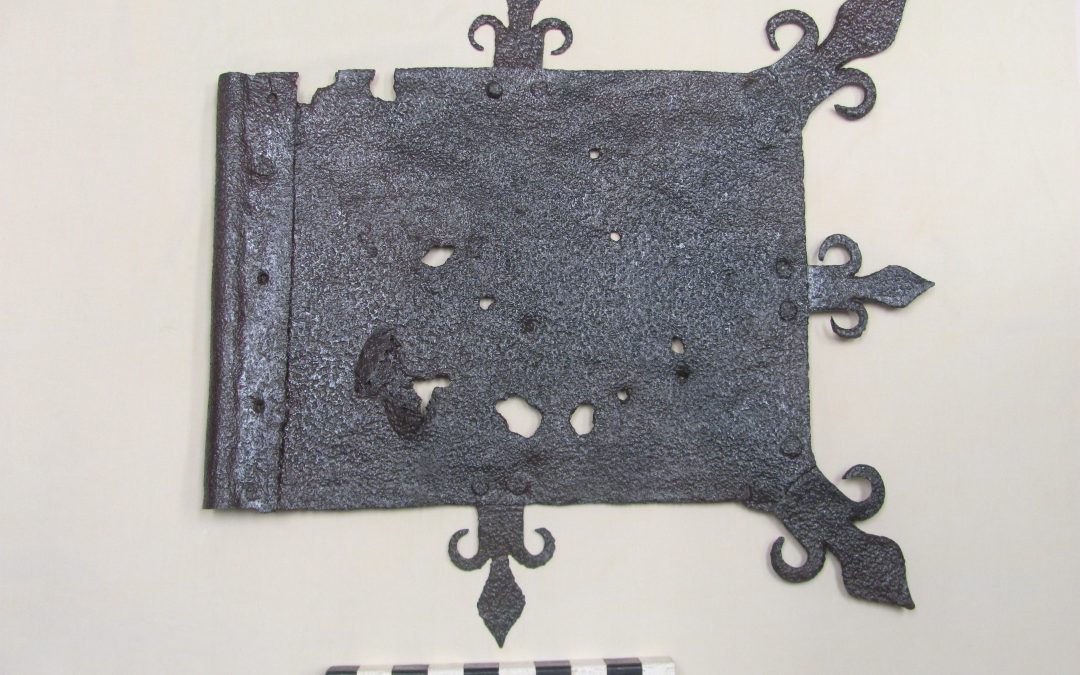
One of the oldest weather instruments, the weathervane, also known as vane, wind vane, and weathercock, is a device that turns freely on an upright rod to show the direction of the wind…
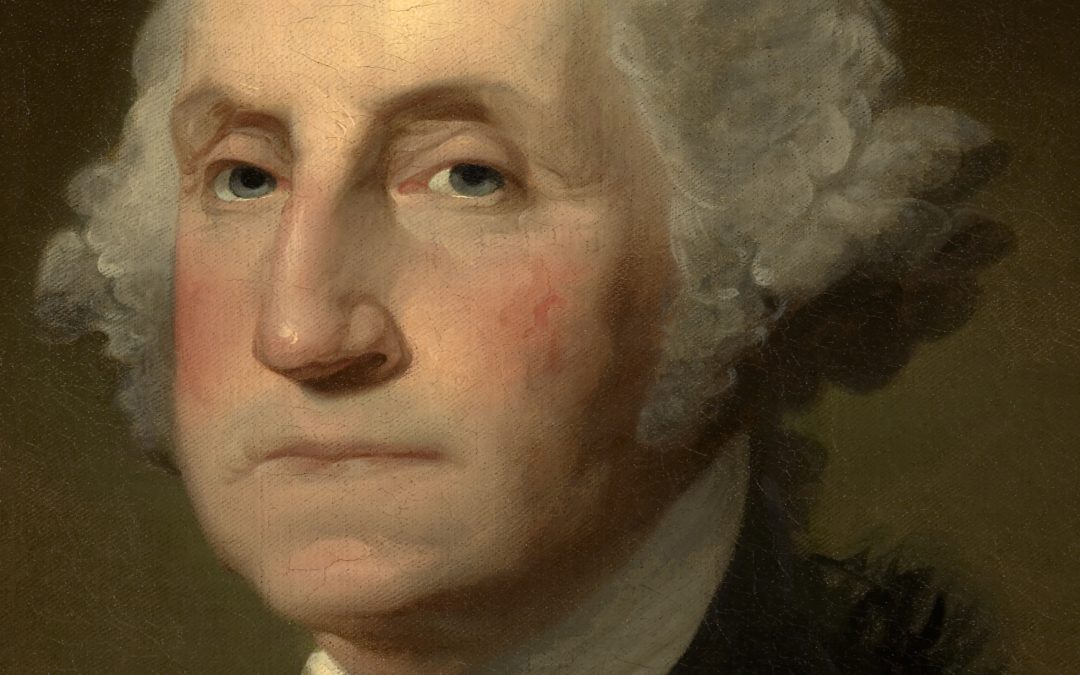
One of the great innovations in rights from the American Revolution and founding was religious liberty as a natural right. Virginians James Madison and Thomas Jefferson have justifiably received a lion’s share of the credit for religious liberty. The typical story crediting Madison and Jefferson has much evidence to support the argument…
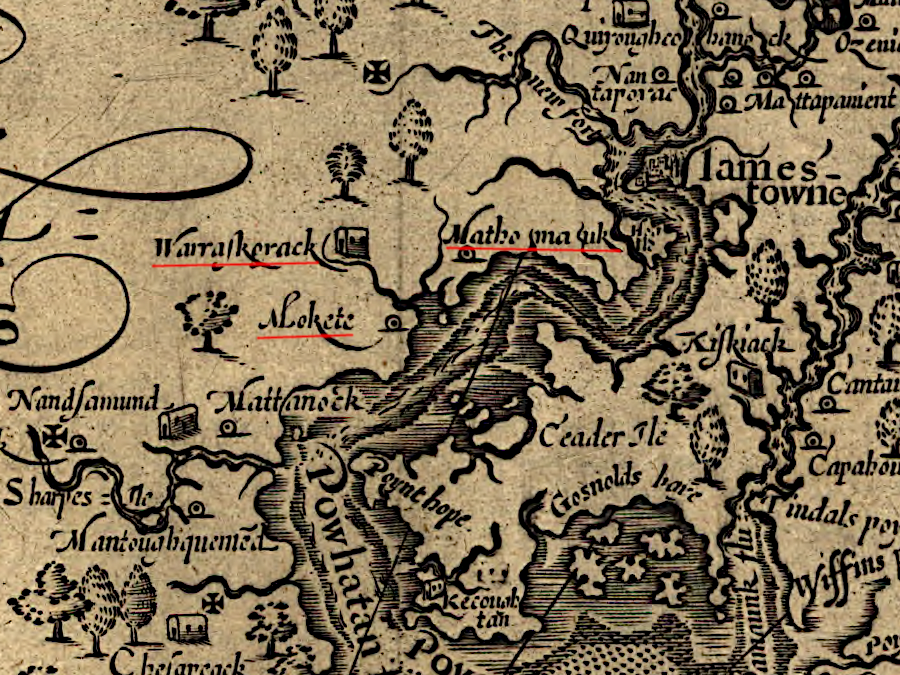
We (especially those of us working in the Public History Field) often hear the phrase, “History is written by the victors.” This idiom rings particularly true when trying to do any in-depth research of the many Native Indigenous Tribes that dwelled here in North America, before and after colonial contact…
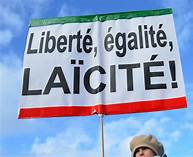
William Shakespeare writes in his play, The Tempest, “What’s past is prologue.” It is a sentiment that links us to our history. Even if we don’t know our history very well, the past still informs what we believe and how we act today…
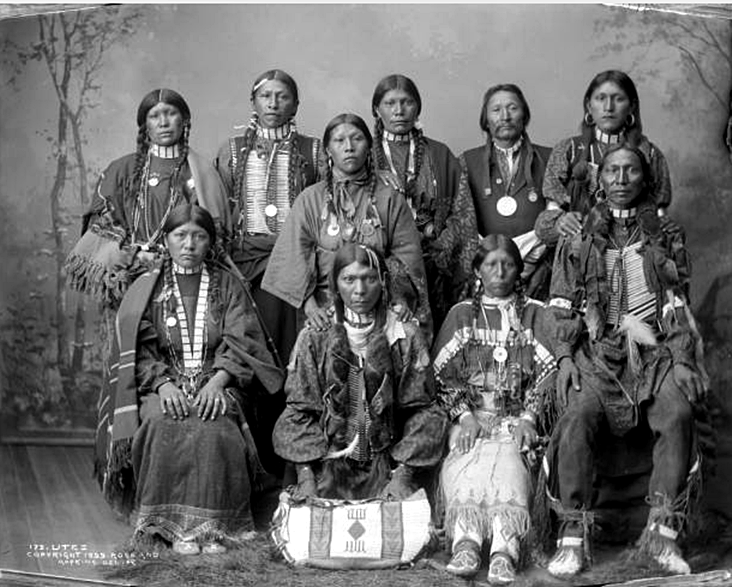
… Religious Freedom is a hallmark of our American Republic. However, these freedoms have been sorely tested over the years, especially in the case of the Church of Jesus Christ of Latter-day Saints…
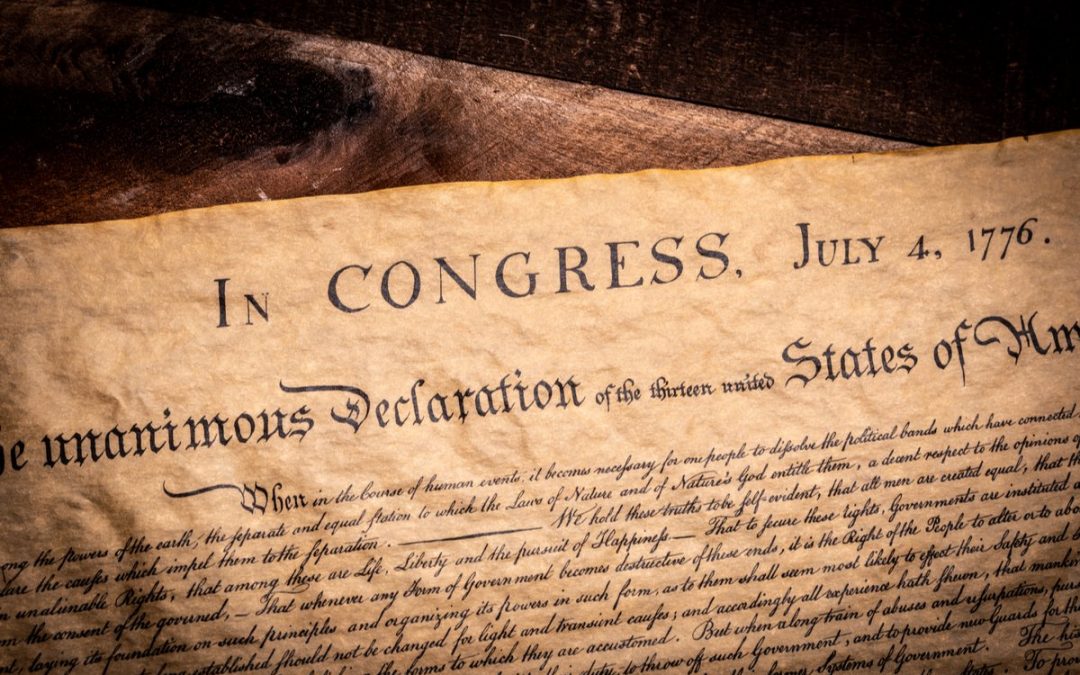
… We rarely think of religion in connection with the observance of Independence Day in the U.S…
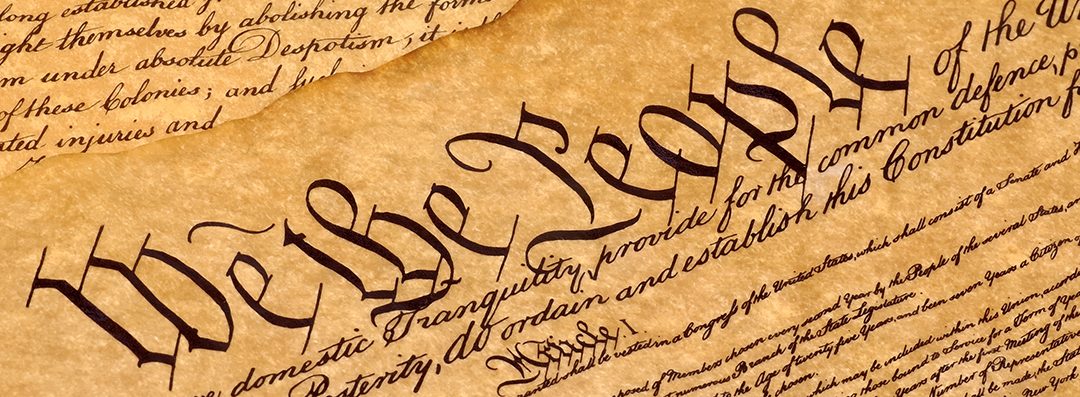
Did your mother teach you not to talk about religion and politics in polite company? If so, she would have blushed at the amount of debate during the ratification of the Constitution concerning these topics, which raged between 1787 and 1789…
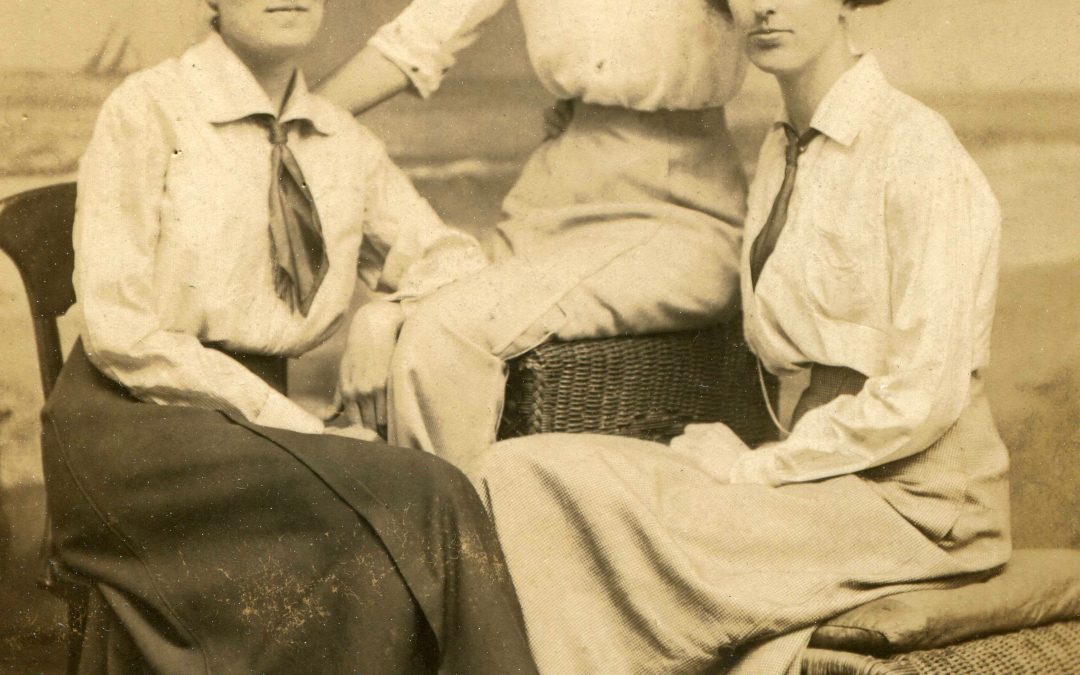
On May 19, 1973, John C. Parker marked the twentieth anniversary of the establishment of Historic St. Luke’s Restoration’s executive committee by noting the limits of a memorial tablet honoring the Jordan sisters, Ella, Susan, and Elizabeth…
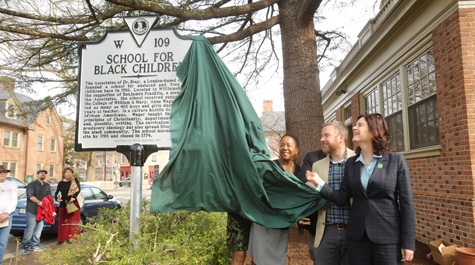
When Americans generally think about colonial education, we often imagine men like Thomas Jefferson and James Madison pouring over books in their personal libraries. Hardly ever do we reflect on how literacy and education came into contact with those who American society did not consider “elite”. Indeed, I often get looks of confusion or bewilderment when I tell people that I study the history of Black literacy in Colonial Virginia…

When we talk about the concept of race in the 21st century, we are discussing a socially constructed idea. For the most part, we are talking about skin color when we use the term today. But, at the dawn of the 17th century, race typically identified a group of people with a common ancestor. That group, just as we see in families today, could be quite diverse…
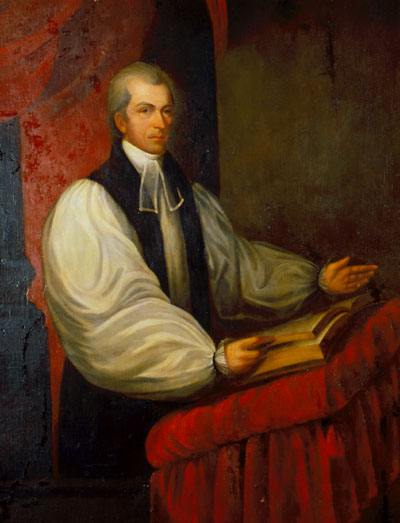
When I speak with people about Bishop James Madison of Virginia, often the initial response is one of confusion. “I didn’t know that James Madison was a bishop,” some have replied, confusing the clergyman with his cousin of the same name, the third president of the United States. But Bishop Madison is a significant historical figure in his own right as the first bishop of the Protestant Episcopal Church in Virginia…
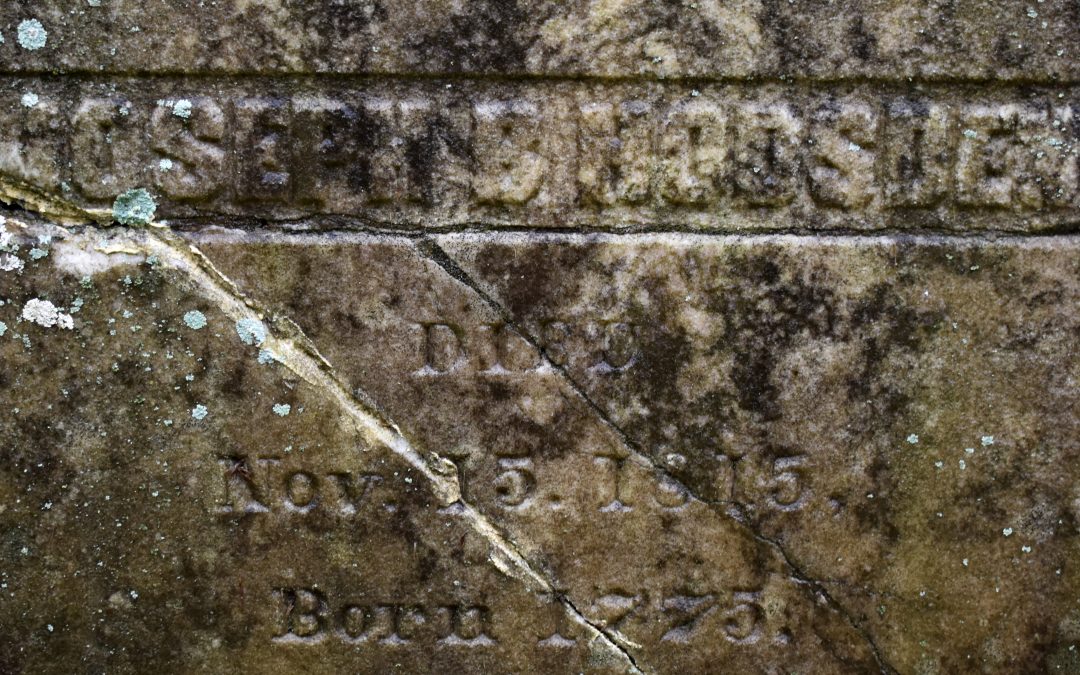
Joseph Bridger Hodsden was born on March 29, 1776 and died on November 19, 1815. He married Mary Wilson Pasteur on November 23, 1799 and in fifteen brief years managed several farms, fought in the War of 1812 and fathered nine children. His last child, Julia Ann Hodsden, was sadly born after her father had passed away…
A recent Virginia Pilot headline declared “Mystery Solved,” referring to the long unanswered questions about the English attempt at Colonization of the New World in 1587 on what is now the Outer Banks of North Carolina. This so-called “Lost Colony” has been the subject of many archaeological digs, theories, conjecture, a quaint play, and even a horror movie. What happened to those 114 people who sought to compete with Spain, England’s chief rival, in reaping the benefits and resources of the New World?…
The 16th and 17th centuries saw horrific conflicts spawned by the religious disputes known as the Reformation. By the 18th century, these conflicts switched to disputes of a more economic and political nature. Most of us don’t think of the American Revolution as a religious conflict and yet religion was a major bone of contention throughout the engagement…
Today we usually only think of witches at Halloween… ugly wicked hags who wear pointy black hats and fly around on brooms. It is interesting, however, to look at the historical truth — which doesn’t begin in Salem, Massachusetts. Did you know that we had supposed witches and devils here in Virginia long before they appeared up in Massachusetts?…
Over the past few months, the difficult decisions we have all had to make and the stressful times that have united us, have put the meaning of “community” into perspective for me. We are all part of many communities, both small and large, that connect us and influence our lives every day…
On June 6, 1855 a steam ship known as the Ben Franklin came into port in Norfolk, Virginia for repairs. The ship had traveled from St. Thomas in the Virgin Islands, a place Yellow Fever was known to be prevalent. Local authorities were concerned about the possibility of Yellow Fever onboard because of the ship’s origins and interviewed Captain Byner upon arrival…
In July of 1775, just three months into the conflict with England that would become known as the American Revolution, George Washington took command of the patriot army. He faced not only the greatest military power in the world, but also the scourge of Variola. He had a difficult decision to make: Should he inoculate the army?…
Several years back, I wrote a book about a 1721 Boston smallpox epidemic and the introduction of inoculation into colonial America entitled The Pox and the Covenant. The fact that there are parallels between that epidemic and our current pandemic should not surprise us given the immutable character of human nature. However, that fact should also give us comfort that we can endure…
A 1972 New York Times article referred to Jamestown as “the blunder that started America.” The author, H.H. Morris, certainly had a lot of fodder to support his claim that Jamestown was a complete and utter failure…
The Englishmen, inexperienced in surviving in this new wilderness, fell ill with terrible diseases often caused by their poor water supply. Many experienced salt poisoning, dysentery, typhoid, or even a mixture of these. Furthermore, they unknowingly arrived during a significant drought which further degraded their water supply and quickly led to food shortages and desperation…
Hello, everyone! My name is John Ericson and I am the Outreach Coordinator and one of the Museum Interpreters here at St. Luke’s Historic Church & Museum. Though we are unable to open our doors for tours during this time of social distancing, we are striving to continue our mission of educating…
By Kelly McMahon Willette, CG® Historic St. Luke’s Church’s survival since the 1600s means that it, both as a church and an institution, has shepherded hundreds of early Virginia families through its doors, its catechism, and its legacy. Because of Isle of Wight...
By William P. Carrell II The author of the cryptic epitaph on the gravestone of Gen. Joseph Bridger (by 1631/2-1686) now in the chancel of St. Luke’s Church queried: “does nature silent mourn and can dumb stone make his true worth to future ages known?” Whoever that...
The Misconception of Memory: Part One Written by Research Assistant Lauren Harlow What is history? What is memory? Are these two words synonymous, or do they hold their own meanings? Very plainly, history is the use of collected facts and primary sources in...
Who Lies Beneath the Baptismal Font? Written by Research Assistant Lauren Harlow “Whose time-tinted bones are slowly reverting to dust at the bottom of a shallow grave in the [“Old Brick Church”]?” (Smithfield Times, 1956) This is one of the many mysteries which...
Why do we like Ike? Written by Former Research Assistant Lauren Harlow and Former Education Coordinator Rachel Popp On October 12th, 1956, President Dwight Eisenhower wrote a letter to Mr. Henry Mason Day, the first president of Historic St. Luke’s Restoration. In...
“Devereux Jarratt: Virginia Evangelical Lecture” Who was Reverend Devereux Jarratt and why does he matter? These questions and more will be answered by Dr. Michael Browder on August 26th during his 1 p.m. lecture at Historic St. Luke’s. The lecture will...
Historic St. Luke’s Museum Interpreter Nicole Lichty Interviews Glenn Lavender, Founder and Owner of Silver Hand Meadery Mead is an historic fermented honey drink that goes back for centuries. Though mead has a long history, not many know about this historic...
Juneteenth is a celebration of freedom. The American holiday celebrates the freedom of former slaves granted by the Emancipation Proclamation during the Civil War. But why is June 19th the date that Juneteenth is typically celebrated on? June Nineteenth is not the...
Museum Interpreter John Ericson interviewed Dr. James Rice about his upcoming lecture at Historic St. Luke’s on Bacon’s Rebellion and research from his book, Tales from a Revolution: Bacon’s Rebellion and the Transformation of Early...
The American Civil War proved to not only be a period filled with turmoil, but also a time of innovation. The Gatling Gun, ironclad warships, and improvements to railroads and telegraphs are only a few of the innovations that flourished during the Civil War. One of...
Historic St. Luke’s is grateful for our Board and their years (and in some cases, decades) of volunteerism here at our National Landmark. As a new feature for our blog, each month we will highlight one of our board members. E. Dana Dickens III has been a board...
Living Historian Richard Greathouse of the 3rd Virginia Infantry visited Historic St. Luke’s Church on March 2nd for an interview with Former Education Coordinator Rachel Popp. They discussed his long involvement in Living History and how he first got involved in the...
Tony Williams is the author of several books including; The Hurricane of Independence, The Jamestown Experiment, America’s Beginnings and a book co-authored with Stephen Knott; Washington and Hamilton: The Alliance that Forged America. John Ericson, Outreach Coordinator and Museum Interpreter at St. Luke’s Historic Church & Museum, interviewed Tony Williams before a lecture at St. Luke’s held on March 4, 2017 on one of his recent books, The Pox and the Covenant: Mather, Franklin, and the Epidemic that Changed America’s Destiny…
So you have some family in town for the holidays. Where do you take them? Maybe they’ve felt like they’ve seen everything in the surrounding areas. But have they taken a day trip to Smithfield yet? Ask yourself these questions: Do they love shopping? Do...
Dear Reader, On January 1st, 2016, I was a senior in college at Christopher Newport University, anxiously beginning my last semester before graduation. So much has happened since then that it feels like the beginning of the year was a lifetime ago. At the beginning of...
On October 31st, Museum Interpreter John Ericson interviewed Dr. E. Randolph Turner III about his upcoming symposium at Historic St. Luke’s entitled; “Searching for Powhatan’s Werowocomoco”. Werowocomoco was Powhatan’s principal residence in 1607 and served as...
You may have noticed over the past year that the Historic St. Luke’s brand has been popping up everywhere. Did you know that we are also on the radio? That’s right! A big thanks to our friends at WNIS 790 AM and 93.7 BOB FM for supporting us on air...
Keeping Up With The Joneses: An Archaeology Presentation presented by Nick Luccketti On Saturday October 29th Historic St. Luke’s will present a symposium on 17th archaeological evidence from Isle of Wight County and the surrounding Virginia Colony. The first...
When English settlers first made contact with the Native People of North America, it was a priority that Christianity be shared and new converts won. Not just any Christianity, but the faith and traditions of the Church of England. Everyone remembers that Pocahontas...
This weekend Historic St. Luke’s will hold a 17th century living history event entitled; The General from Whitemarsh; a celebration of Joseph Bridger. The weekend will highlight a number of great speakers but it is not limited to history alone. On Saturday evening,...
On Sunday, September 11, 2016 Brett Walker of Colonial Williamsburg will be at Historic St. Luke’s Church as part of our event; The General from Whitemarsh, a Celebration of Joseph Bridger. Brett will lead us through a service of the word from the 1662 Book of Common...
During the “General from Whitemarsh: A Celebration of Joseph Bridger: A 17th-century living history weekend” September 10-11, 2016 the food truck featured will be Blazin Goats’ BBQ. Enjoy this video of their smoker on youtube. Stan Battle and his...
On Thursday August 19, John Ericson, Museum Interpreter for Historic St. Luke’s Church sat down with Chief Brown to discuss the history of the Cheroenhaka Tribe and the Chief’s upcoming presentation at Historic St. Luke’s on September 10. The Cheroenhaka/Nottoway...
In 2007 the Smithsonian Institute was in the midst of a project called Written in Bone, a project that offered biographies through human remains found at Jamestown and at Historic St. Luke’s Church. Col. Joseph Bridger of Whitemarsh (1629-1686) was one of the...
The past several weeks are the greatest examples of dog days of summer. I feel for our landscape crew and the nearby construction workers working on the Benn’s Church/Benn’s Grant roadways projects. Amidst all of this roadwork we have remained open for...
With summer winding down and school starting soon what better time to get in all your last minute vacation stops? And what better place than Historic St. Luke’s? Historic St. Luke’s is excited to announce that admission to our 45 minute guided tour will be...
The Revolutionary War created a dilemma for clergyman who had taken an oath of loyalty to the head of the Church of England, his Majesty King George III. By the 1770’s English clergy were facing a stark choice, stay and join the patriot cause or go back home to...
In 2002 to 2003 an archaeological dig in Gloucester VA uncovered evidence that suggests that it is the site of the capital of the Powhatan Confederation known as Werowocomoco, a city that dates back to 1200 C.E. . The National Park Service is currently...
On Saturday, June 4th, 2016 between 1 and 2:30 p.m. twenty-five guests and staff enjoyed Dr. Herbert’s presentation on the 17th and 18th-centuries Dissenters of the British Atlantic. She established the average Anglican experience from typical services to...
The Education Department at HSL held a well-received program, the second educational program in the 2016 Season, on Saturday, April 9th, 2016. Drs. Cassandra Newby-Alexander and Kay Wright Lewis from Norfolk State University presented on the Early African American...
As the seasons changed and snow gave way to pollen as Mother Nature’s preferred ground cover, the landscapers at HSL have been busy maintaining the ancient cemeteries and preparing for Annual Historic Garden Week April 23rd through 30th, 2016, the education team...
Early last summer, a reliquary was found buried with one of the bodies that was unearthed behind the chancel. This discovery led to many interesting questions: were there more dissenters than originally thought in early Jamestown? Were dissenters given some sort of...
On April 9, 2016, Historic St. Luke’s Church is proud to present a symposium on the early African American experience within the established Church of England. Dr. Cassandra Newby-Alexander will present on “Anglicanism, Race and Intolerance in Colonial Virginia”....
On a beautiful Wednesday morning with the sun shining down on Christopher Newport University’s campus, I sat down with Dr. Phillip Hamilton for an interview. I quickly explained the origins of Historic St. Luke’s to the professor of a class entitled The Rise and Fall...
Order for Service – Dedication November 16, 1894. Accession # 2008.001.015 In the last decade and a half of the 19th century, the people of Christ Episcopal Church were engaged in a great effort to restore the “Old Brick Church” also known as St. Luke’s. The Reverend...
Every year at Thanksgiving we hear a narrative about how our country was born in religious freedom. So the story goes, Pilgrims left England in search of a place where they could practice their faith, free of the persecution they faced in England. The story is...
After George Washington, Thomas Jefferson seems to have won the hearts of much of modern America. But, it was Alexander Hamilton, the first Secretary of the Treasury, whose vision for America was far more prescient than the Arcadian vision of Mr. Jefferson. What is...
Bishop James Madison succumbed to what he and his contemporaries called “dropsy” in March of 1812 (dropsy is the old fashion name for edema; a build up of fluid in the body’s cavities or tissues). By that time the Protestant Episcopal Church was in a troubling...
Glebe Church and the battle for the hearts and minds of the Virginia Colonists. The conflict between Great Britain and her thirteen colonies in America had a tremendous impact on the church in Virginia. Virginia was a royal colony, which meant that the established...
Todd Talk As I sit here the day prior to Halloween writing this, I think of all of the festivals and events happening this time of year and realize how fortunate we are to live in a Country where we have the inherent freedoms to enjoy celebrations of such great...
As we approach the end of 2015, the development department is working on something new for Historic St. Luke’s. We’re happy to announce our participation in Giving Tuesday. Following on the heels of Thanksgiving, Black Friday, and Cyber Monday, Giving Tuesday is a day...



































Recent Comments